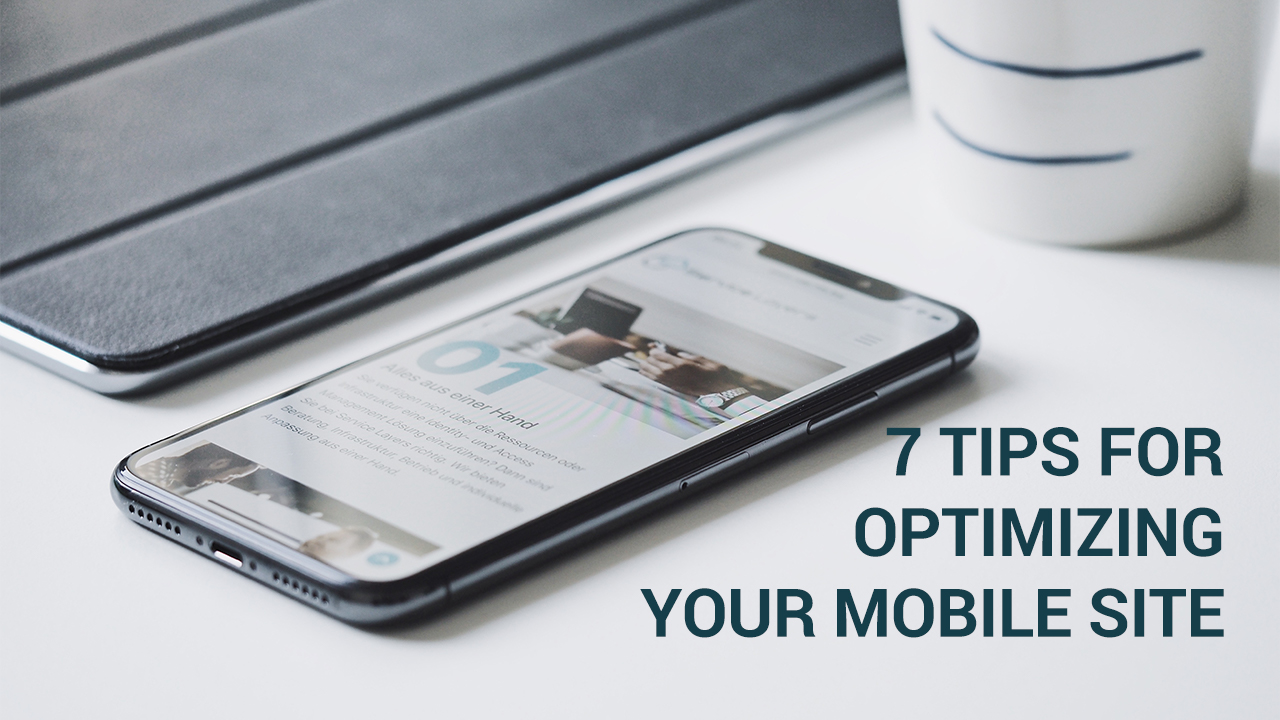Searches performed on mobile devices have been overtaking those from desktops for a few years now, but some businesses still haven’t optimized their websites for smartphones.
Does your enterprise fall into this camp? If so, a site that just doesn’t work on mobiles could chase visitors away to competitors and cost you customers.
So, what can you to do optimize your site for mobile devices?
#1. Keep your Load Times Brief
Load times are a key part of your visitors’ browsing experience. Pages overloaded with images, videos and text will take longer to display on smartphones.
Compress images to keep them at a more manageable size, and reduce the number of videos or GIFs that display on your mobile site.
Bounce rates for pages loading in one to three seconds is 32 percent. This jumps by 90 percent for one to five seconds, so take load times seriously.
#2. Consider Button and Link Placement Carefully
Browsing on mobile devices allows for less precision than on a computer. You don’t have your mouse or a cursor: you have to tap with your finger.
That means your buttons and links have to be placed carefully. Keep them large and easy to spot. Don’t cluster them together either, as visitors could keep clicking on the wrong ones by accident. This is crucial when adding CTAs.
#3. Streamline Content
Mobile browsing is best when it’s fast and intuitive.
Keep the amount of content displayed on your mobile site to a minimum. Don’t bombard visitors with endless blocks of text. This reduces the amount of scrolling required and cultivates a more streamlined browsing experience..
Provide prospective and existing customers with all the information they need, but in a digestible way. Keep it punchy and direct.
The faster visitors can find the answers they’re looking for, the more satisfied they’re likely to be.
#4. Embrace White Space
Lots of white space is good for your mobile website. It ensures space around buttons and links, for extra accuracy when taking actions. Even better, it makes images and videos stand out when scrolling.
Keeping your mobile site streamlined and simple is vital, but preventing it looking barren can be a delicate balancing act. Reducing unnecessary content and clutter contributes to faster load times too, which has its own benefits (as we discussed earlier).
Nett Solutions’ Orange County digital marketing experts can optimize your mobile site to give customers a smoother, better browsing experience. How? Just get in touch to find out!

